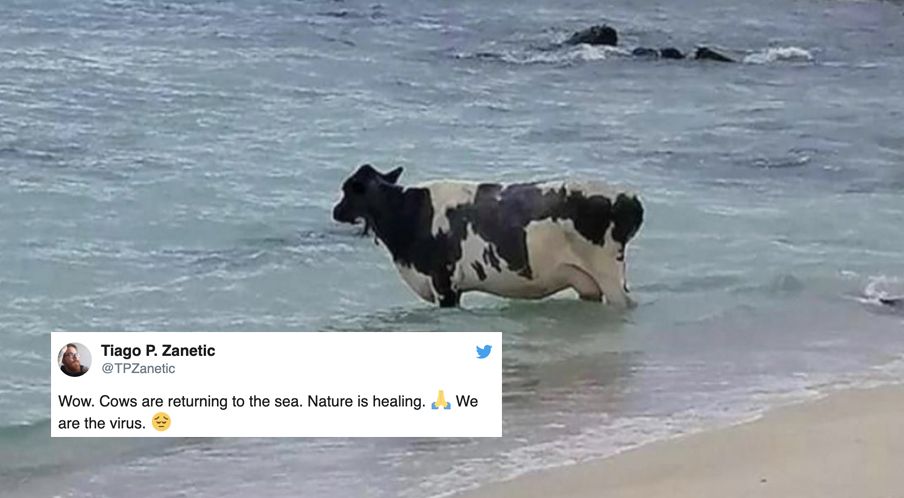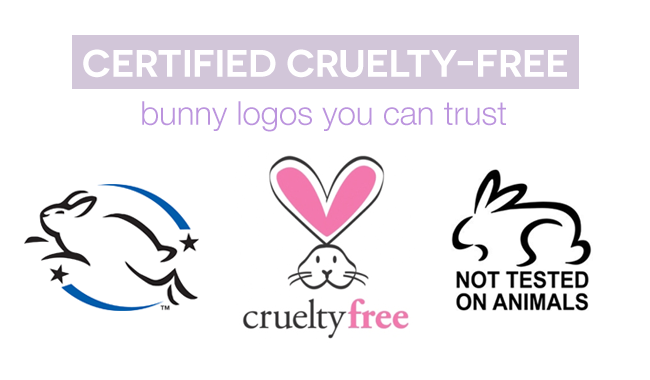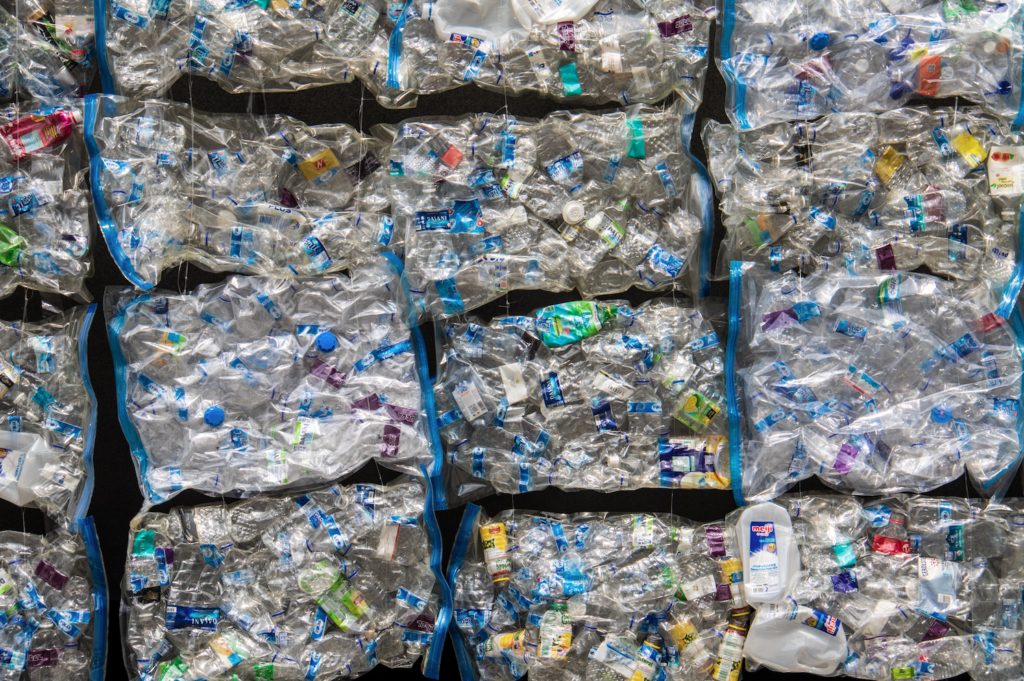The coronavirus pandemic has drastically altered every aspect of our lives in the past year and it seems like a lifetime ago that people were panic buying toilet roll and the shocking tale of Tiger King was on the tip of everyone’s tongue.
It has very much felt that in times of such uncertainty, little growth occurs and hopes dwindle amidst the (what feels like) everlasting peril of the pandemic. However, this has not necessarily been the case.
Yes, there has been loss – and a lot of it, but we have and continue to emerge stronger and stronger. The iteration of the pandemic as ‘the nation’s (or the world’s) struggle’ rings true and comparisons between COVID and the Second World War are most certainly here to stay. It is in these comparisons where we find a deep sense of community. Thanks to the internet, people have been able to be together, even when they are apart and a relative degree of normality has been maintained for the majority of us. More people joined Facebook groups in 2020 than ever before, many of us have taken up new hobbies as a result of the successive lockdowns, and some have reconnected with those they had lost touch with.
And whilst it is evident that the Coronavirus pandemic has rekindled localised communities, many of us have also turned outward and looked at the wider picture. Evidence for this lies within the rise of ‘conscious consumerism’.
What is a conscious consumer?
The ‘conscious consumer’ is something that has increased tenfold over the duration of the pandemic and relates to the choices we make when we shop. People have begun to take more notice of the way businesses operate, which materials they use, and the environmental impact of our current production methods. The conscious consumer may be into ethical fashion, natural skincare, plant-based eating and so on.
The conscious consumer will typically look at the origin of products and how the item has been produced; whether the supply chains themselves are ethical (for instance, no slavery conditions, child labour, a fair & living wage is being paid and so on); what ingredients/materials the product is made from (is it using animal by-products, how are the fabrics or ingredients sourced); and whether there are positive social or environmental impact benefits from buying the item (supporting local or small business, cottage industries, community outreach, charity or social enterprise, etc). Big companies and corporations have rightly been under heightened scrutiny during the pandemic, as cramped working conditions for face mask producers, warehouse operatives and even some supermarket assistants have highlighted how little some companies seemingly care for the health and wellbeing of their staff.
These are all factors conscious consumers consider when they buy almost anything.
What brought about the conscious consumer?
The conscious consumer has been around for decades and is most certainly not something new. However, the reason conscious consumerism is on the rise is directly linked to the pandemic.
Now, remember when the first lockdown happened, factories and shops closed, the economy ground to an almost virtual halt, and we saw memes like this;

These hilarious memes were referring to the drastic decrease in pollution that occured in a matter of weeks after the pan-national lockdowns were called. Animals began to thrive and centuries’ old smog had cleared from the world’s largest cities as air travel and other travel was at an all time low.
After witnessing the environmental impact of the lockdown, many people were shocked to see quite how much the planet was being harmed and made incredible changes to their lifestyle.
People began shopping locally, supporting small businesses. Many of us invested more time looking into the businesses we are buying from, making more informed decisions on the products we buy, how much we buy and how we buy it.
Drastic lifestyle changes weren’t solely down to the environmental transformation, but also because of the health concerns many of us have with COVID.
Now we are in 2021, some really interesting facts have come to light about the drastic shift in plant-based consumption. Last year, Deliveroo saw a huge increase in plant-based orders (around 163%!) and this year’s Veganuary has had over 500,000 sign ups…double the amount of 2019! Many polls and surveys conducted on the topic of health consciousness have also seen the health kick trend take off as many of us look for alternative ways to boost our immunes.
However, you don’t need to do everything perfectly as a conscious consumer. Many of us are starting to make small changes to our lifestyle – some of us because of COVID – to either help our health or our environment, or both!
Some things you can do to ensure your buying decisions are more conscious and you are positively contributing to the environmental cause includes:
Questioning whether the item you are buying is fair trade and cruelty-free.
This is an important one for conscious consumers and is an easy thing to look out for. The fair trade and cruelty-free symbol put on many items from food to cosmetics is recognisable to the majority of us and is a good indication that the item was sourced ethically, with people and animals in mind.

Look out for recycled, organic, natural and repurposed materials.
Recycled and repurposed materials and items, such as Ecowings’ bags made out of inner tube tires, vintage clothing, recycled paper and so on are obviously great for the environment because they minimise the amount of waste put in landfills. What’s more, vintage and recycled clothing is more fashionable than ever, so why wouldn’t you switch to second hand!
Additionally, organic and natural materials are easily decomposable, resulting in less landfill waste taking years and years to decompose.
Buy less, but better quality.
This may sound like an obvious one, but buying less but better quality is integral to ensuring our buying habits are more sustainable. The higher quality items we purchase, the less they will need replacing. Take Primark versus Origin for instance. Origin is made from natural materials and is built to last, whereas Primark takes the more ‘wear once’ stance which is incredibly harmful to the planet as it creates more waste.
Eat less meat and dairy.
Reducing the amount of meat and dairy intake will drastically improve your health, alongside reducing your carbon footprint! After just 1 month of plant-based eating an individual will:
- save 33,000 gallons of water
- the destruction of 900 square feet of forest
- 600 pounds of CO2 gas
Reduce plastic use.
Simple ways you can reduce plastic use is by using reusable bags, bottles and food containers. Although these are small and seemingly miniscule moves to combat the plastic problem, the more people using reusable plastic containers, the less single use plastic we have floating around!

These are some ways you can become a more conscious consumer. Taking the time to think a little deeper into where your necessities and niceties come from can only have a positive effect on the environment and the communities that live within it.